The Carlos Sainz data that shows it is not all doom and gloom
29 Mar 2025 7:30 AM
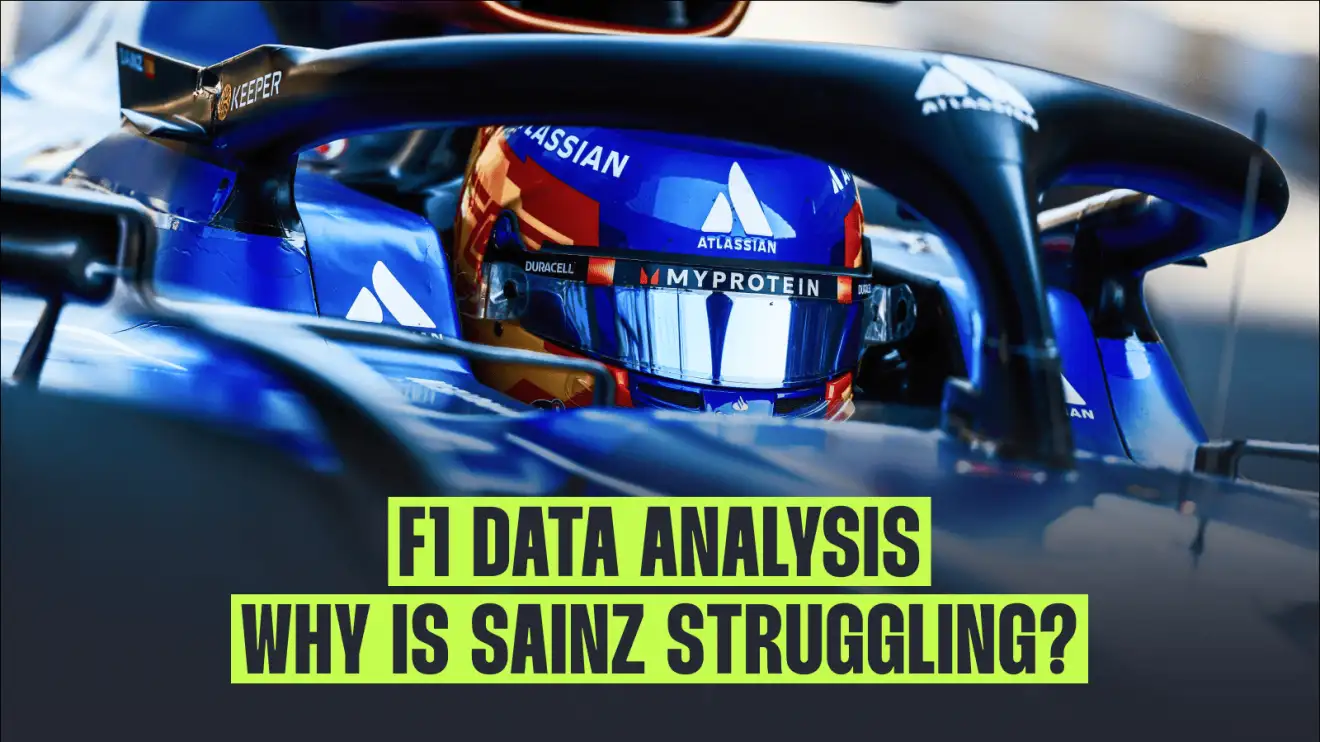
Carlos Sainz has endured a tough start to his Williams career
Carlos Sainz has started his journey with Williams on a bit of a flat note in the F1 2025 season.
After a crash in Australia and being outperformed by Alex Albon throughout the Chinese GP, the Spaniard is still in the adaptation process to find his best version of himself after being moved out of Ferrari to make room for Lewis Hamilton.
Carlos Sainz: What the data says about his Williams move so far
Sainz has gotten off on the wrong foot in his new adventure with Williams. The team led by James Vowles has taken a step forward in performance, evident in Albon’s form and in results from just two races that already improve on their 2024 numbers.
But the Madrid-born driver is not finding the sweet spot of his new car yet. Despite good feelings during post-season testing in Abu Dhabi and topping the timesheets in Bahrain testing, the picture has changed completely.
With a DNF in Australia and a very poor result in all sessions of the Chinese GP, only the disqualifications of both Ferraris and Pierre Gasly allowed him to score his first point wearing the colours of the Grove-based team.
The crash in Australia was quite unfortunate. Sainz was running in P10 when the Safety Car was deployed on lap 1 after an accident involving Jack Doohan. But a poor power delivery during a gear change caused the rear axle to slide out and hit the wall at the final corner of Albert Park.
In China, there was no crash. But the sensations were perhaps even worse in terms of car feeling and speed. Outpaced by Albon at all times, these were Sainz’s biggest weaknesses in terms of pace compared to the Thai driver.
In Sprint Qualifying, Sainz was eliminated in SQ2 in P13 with a significant gap to Albon. The Thai driver qualified P9, being the second-best midfield driver, only behind Yuki Tsunoda.
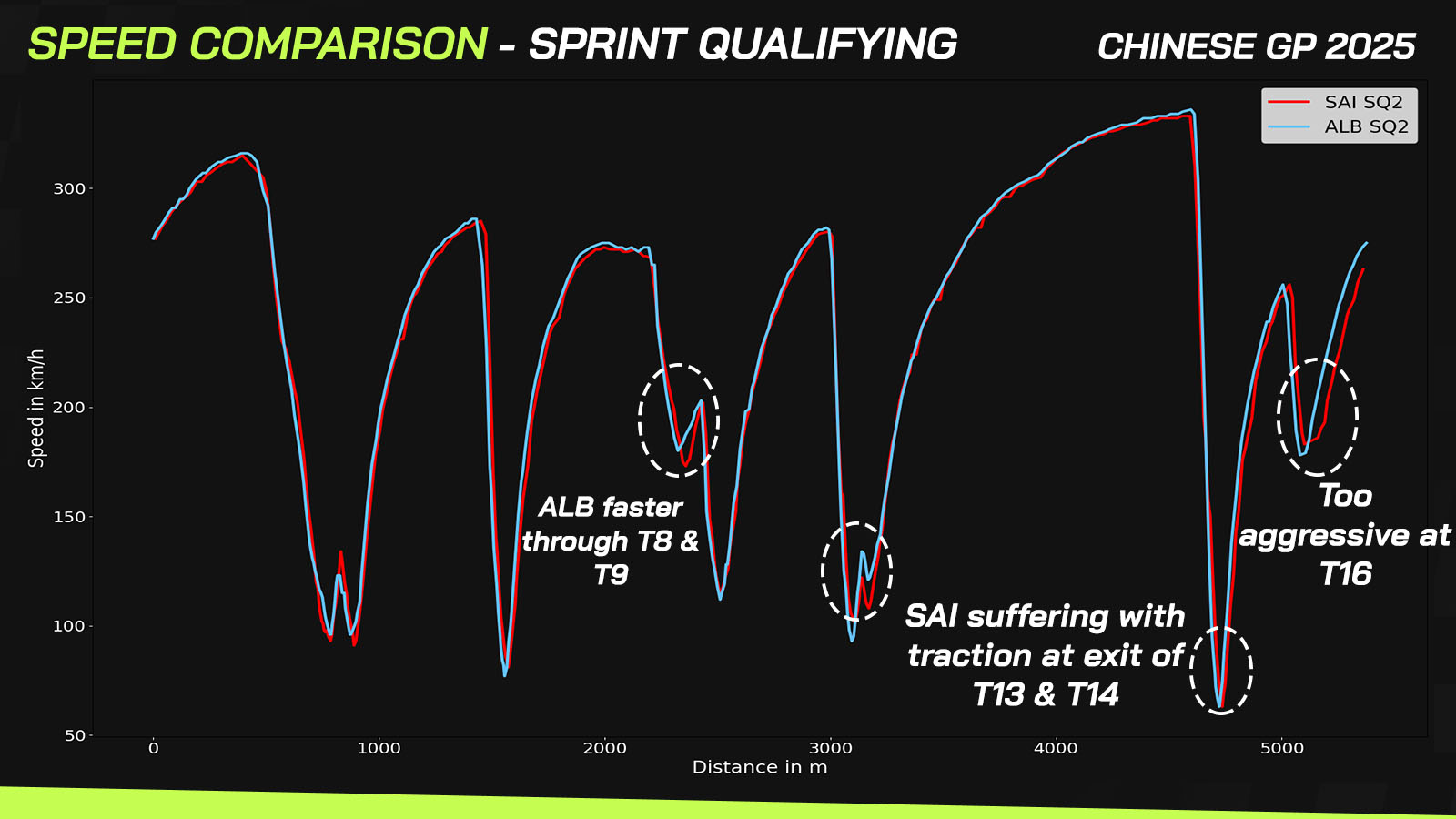

We can see that it’s in the third sector where Sainz suffered the most, with Turn 16 and the exit of Turn 13 being the points on the Shanghai circuit where he lost the most speed compared to Albon.


The Sprint was tremendously disappointing for Sainz, who saw his tyres lose grip excessively due to front graining and was the only driver who had to make a pit stop.
Only the late crash between Gabriel Bortoleto and Jack Doohan prevented him from finishing last in the short race of the weekend.
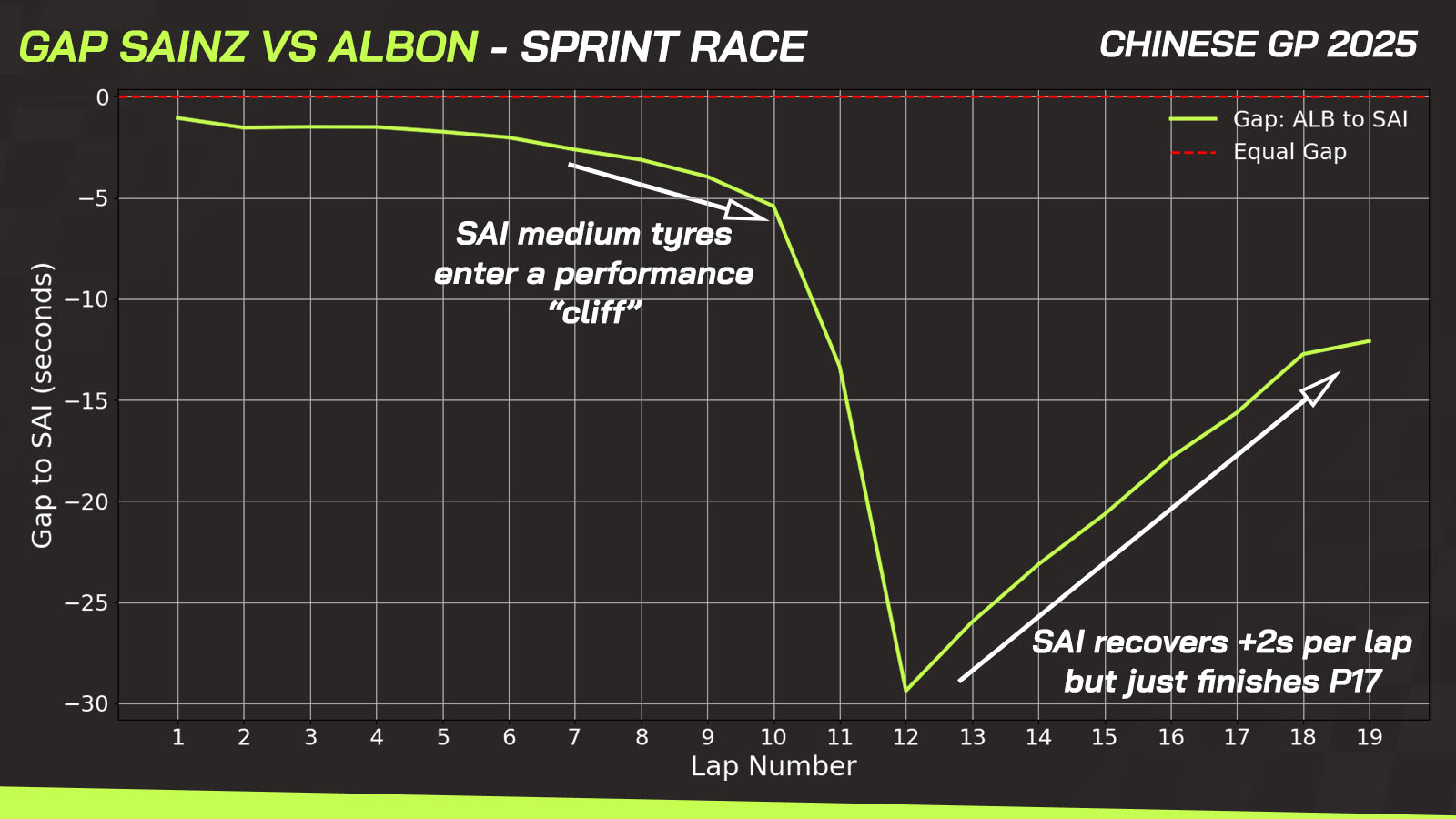

With a new opportunity ahead, qualifying was no better for the Spanish driver, who ended up P15 while Albon once again made it into Q3 to qualify P10.


Just like in Sprint Qualifying, the final sector was Sainz’s Achilles’ heel, with a mistake at Turn 16 that may well have defined his failure to reach Q3.
The rest of the lap was very similar to Albon’s, which was also done in Q2.
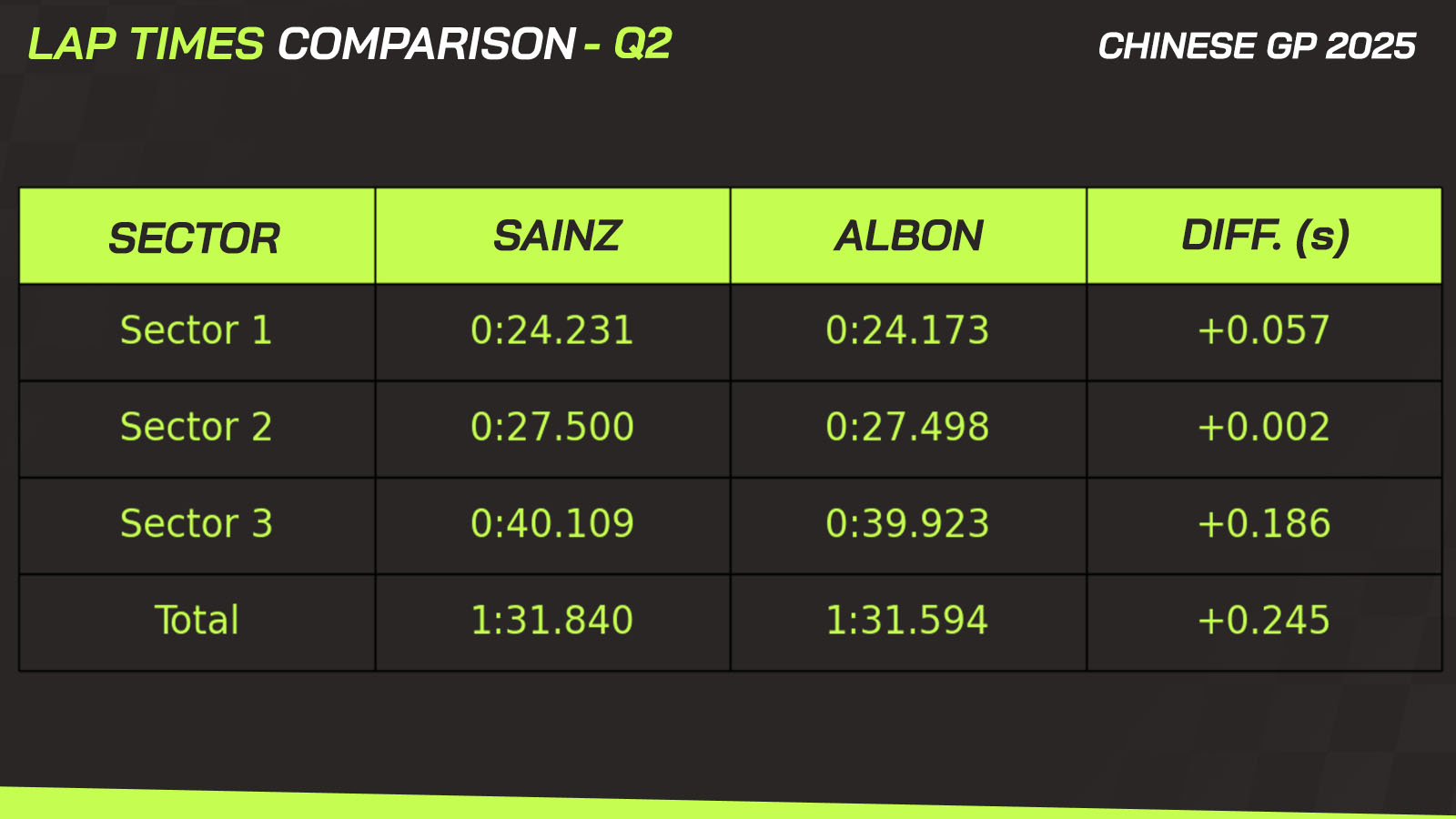

And once again in the race, degradation reappeared in the form of graining.
Despite changes to the setup, the FW47 struggled to get the tyres working, especially on Sainz’s car.




Latest F1 2025 head-to-head standings after Chinese GP
👉 F1 2025: Head-to-head qualifying statistics between team-mates
👉 F1 2025: Head-to-head race statistics between team-mates
Sainz himself is somewhat surprised by his lack of performance. He can’t find an explanation, as he did have good feelings in Abu Dhabi, Bahrain and parts of the weekend in Australia.
However, it’s also true that Williams was not as competitive in China as teams like Haas or Racing Bulls were.
Despite this, it seems like it’s only a matter of time before Sainz finds his rhythm again. He is a reliable, consistent, and self-critical driver.
In the coming weeks, before the triple-header starting in Suzuka, he will surely be putting in extra hours with Williams and the engineers to figure out the reason behind such a difficult adaptation, especially when the first steps seemed solid and promising.
Read next: Williams make two ‘clear’ Carlos Sainz observations after tricky start
Carlos Sainz




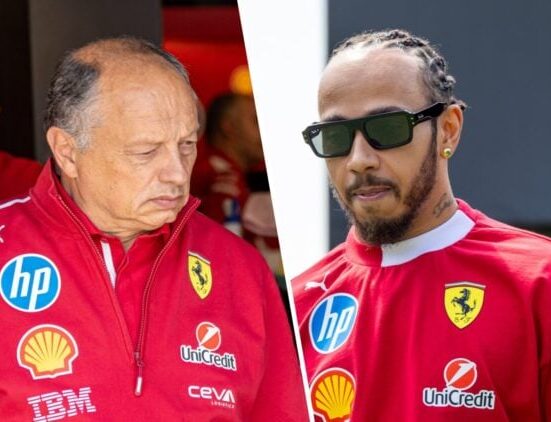





Leave feedback about this